 There is a lot more to see in a garden or field than just plants. Flowers are nature’s way of attracting a wide variety of creatures. Many plants need wildlife to help with pollination. A flower or vegetable garden or a field of blooming weeds is full of life. Some come directly to feed on nectar or collect pollen such as bees, butterflies and hummingbirds. Others, like spiders, wasps, assassin bugs and praying mantis, are attracted to areas with flowers because the bugs they eat are in the plants. Then, larger animals such as lizards and birds are attracted to the area because of the variety of insects they can find there.
There is a lot more to see in a garden or field than just plants. Flowers are nature’s way of attracting a wide variety of creatures. Many plants need wildlife to help with pollination. A flower or vegetable garden or a field of blooming weeds is full of life. Some come directly to feed on nectar or collect pollen such as bees, butterflies and hummingbirds. Others, like spiders, wasps, assassin bugs and praying mantis, are attracted to areas with flowers because the bugs they eat are in the plants. Then, larger animals such as lizards and birds are attracted to the area because of the variety of insects they can find there.

Female Ruby-throat Hummingbird at Hummingbird Bush
Hummingbirds are a special sight. They are fun to watch at a hummingbird feeder, but watching them feed at flowers is more fun to me. This little female Ruby-throat Hummingbird checked out every bloom in the garden. I was able to catch a picture of her feeding at the aptly named Hummingbird flower yesterday. She seems to prefer Hibiscus flowers too.
Some butterflies like specific flowers. The Monarch butterfly requires the Butterfly Weed, also known as Milkweed, to lay eggs.
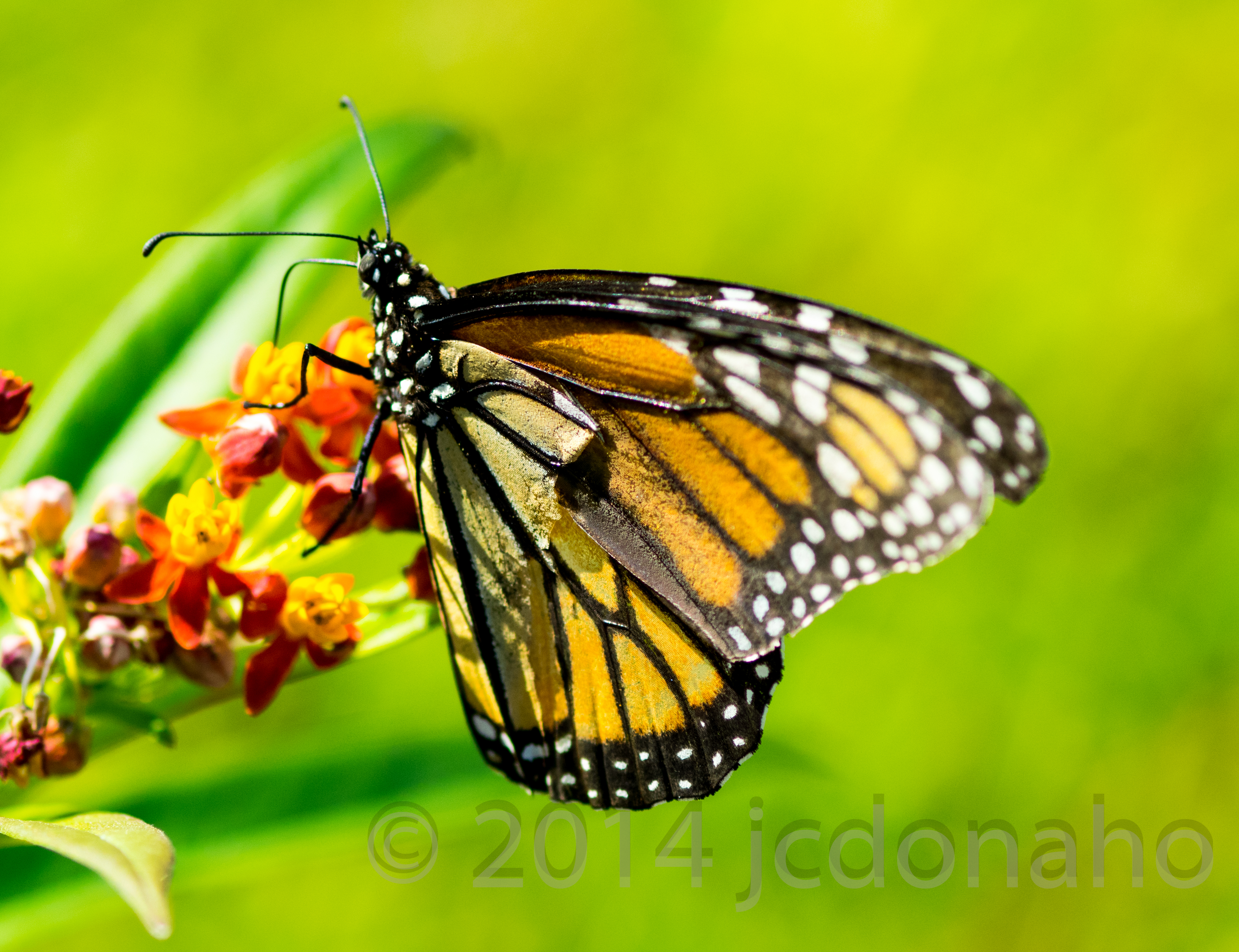
Monarch Butterfly on Milkweed
The Monarch larvae or caterpillars feed almost exclusively on Milkweed as they grow and prepare to undergo metamorphosis into a butterfly. Other butterfly species have their preferred plants too. When you think about it, that helps reduce the new caterpillars’ competition for the same plants after the butterfly eggs hatch. Caterpillars have to eat a lot to grow and turn into a butterfly!
I have a wide variety of flowers in my back yard to hopefully attract different types of wildlife. It works beautifully most of the time. I have discovered that something must be missing though. A beautiful Tiger Swallowtail Butterfly passes through the yard several times a day without stopping. They like daisies. I have a daisy plant in a pot. Perhaps they require more than one pot of daisies to make it worthwhile to stop and feed?
A great place to watch for butterflies, insects and other animals attracted by flowers is at a garden center. The large concentration of flowering plants attracts a lot of attention from insects. And it is free to walk around! Some of the pictures for There’s a Bug in my Blossom were taken at garden centers.
We can enjoy all that nature has to offer whether in our own yard, at the park or a garden center. We just need to get out and observe. And yes, sometimes flowers attract all sorts of wildlife!
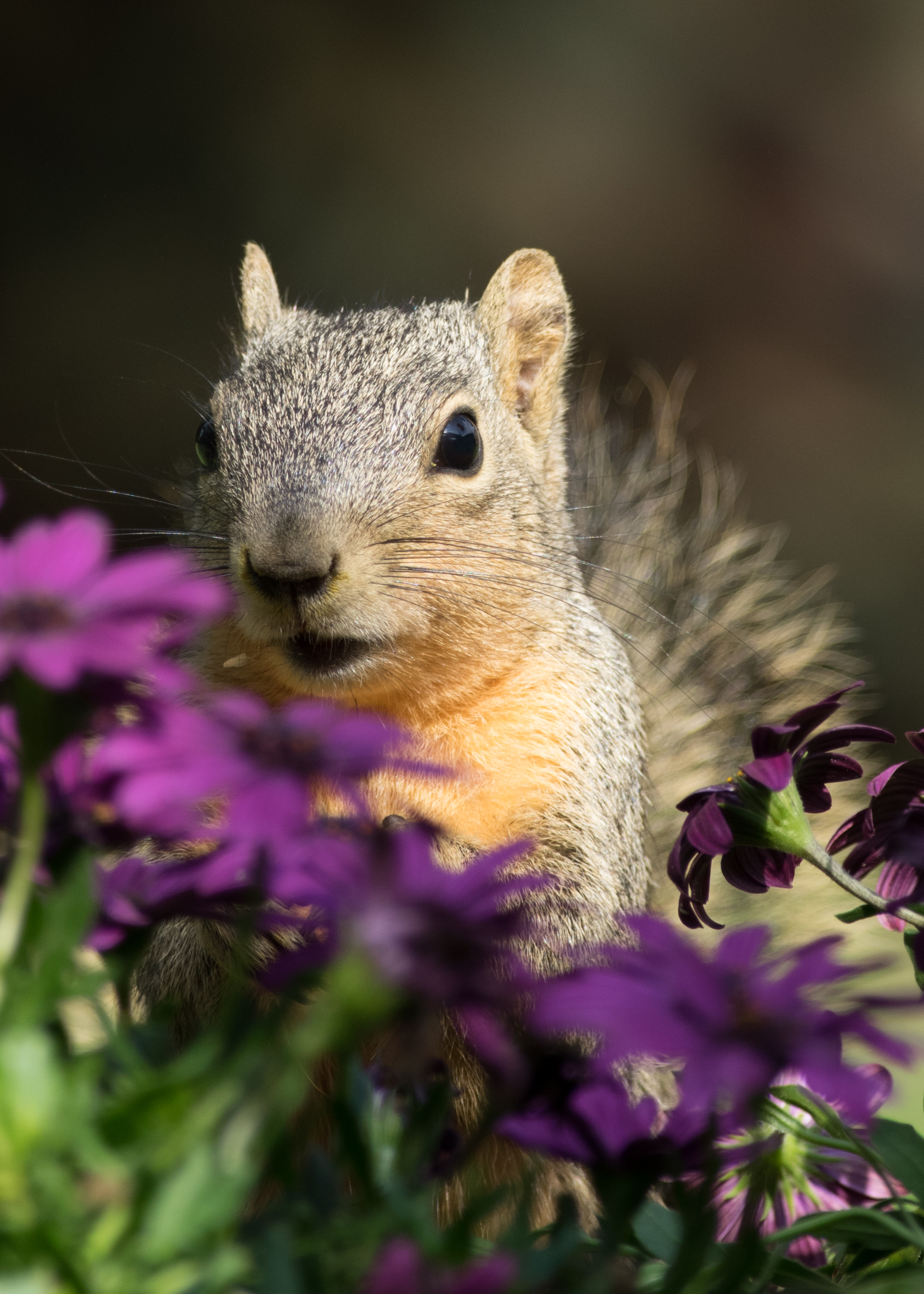
Freddy Squirrel
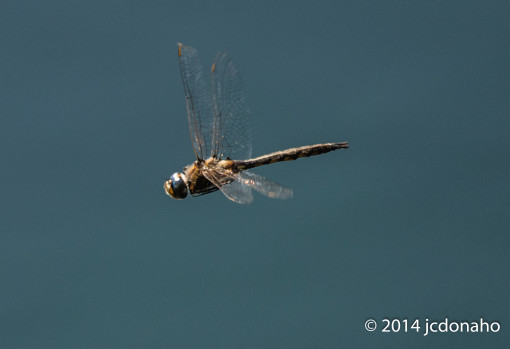 These behaviors are far more complex than expected in an invertebrate and have implications for the study of human behavior.
These behaviors are far more complex than expected in an invertebrate and have implications for the study of human behavior.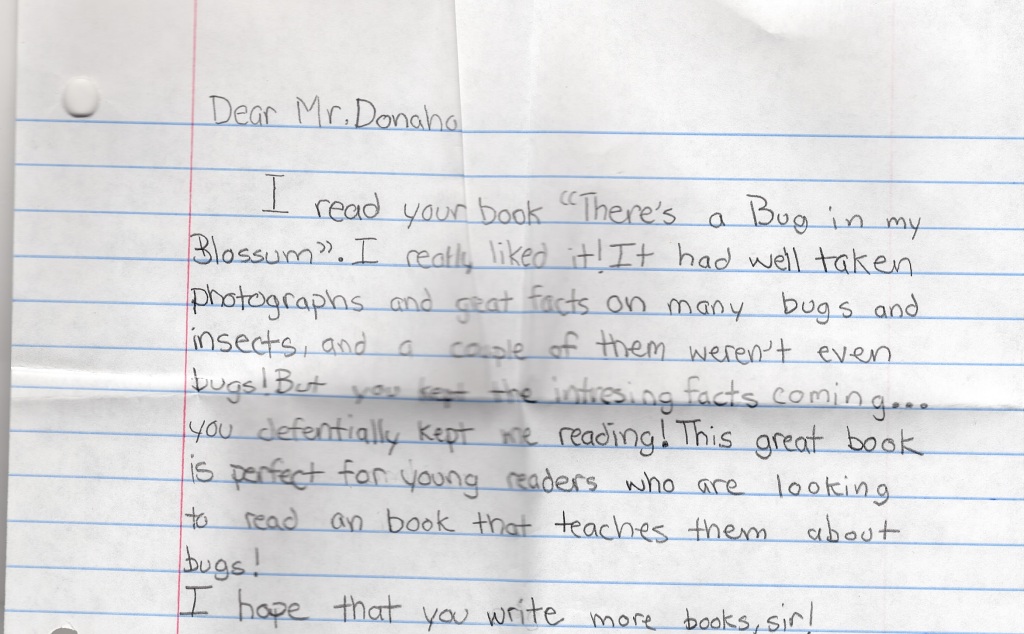
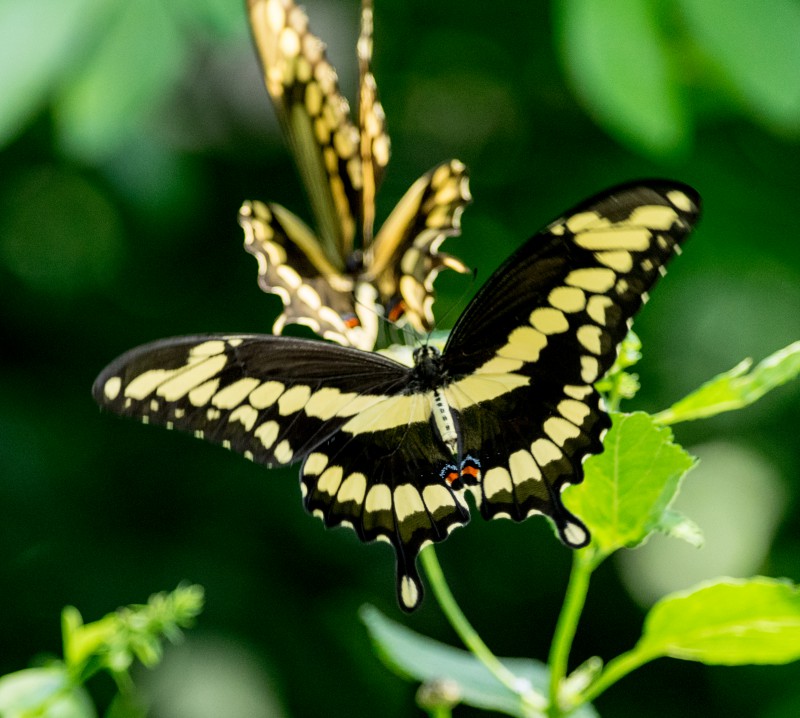
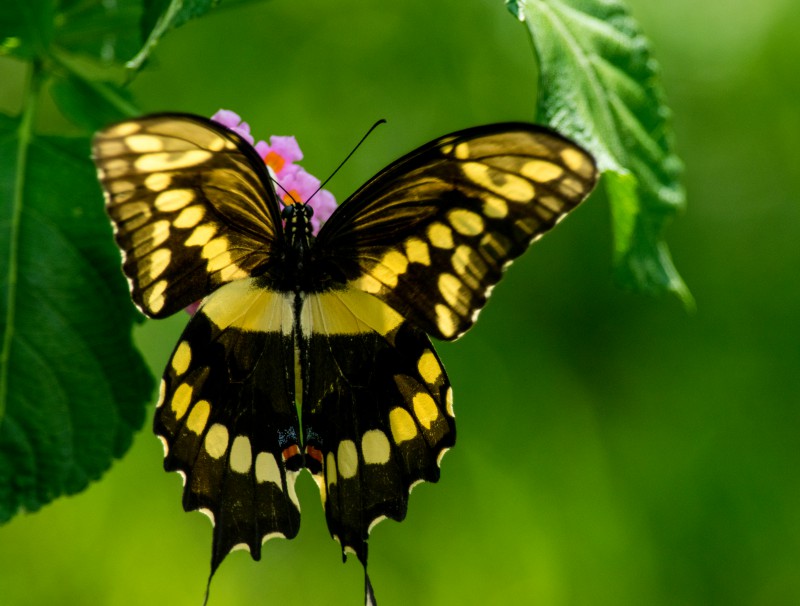
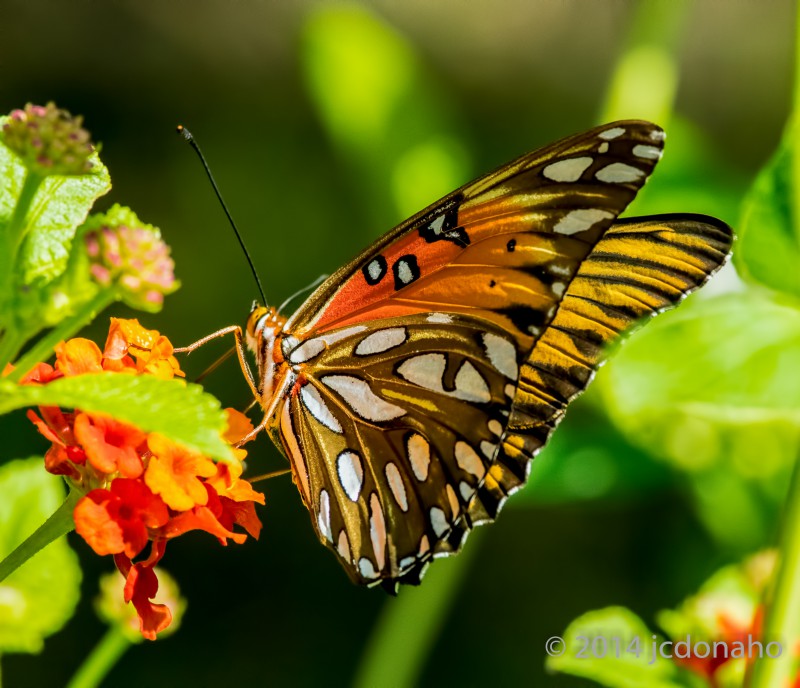
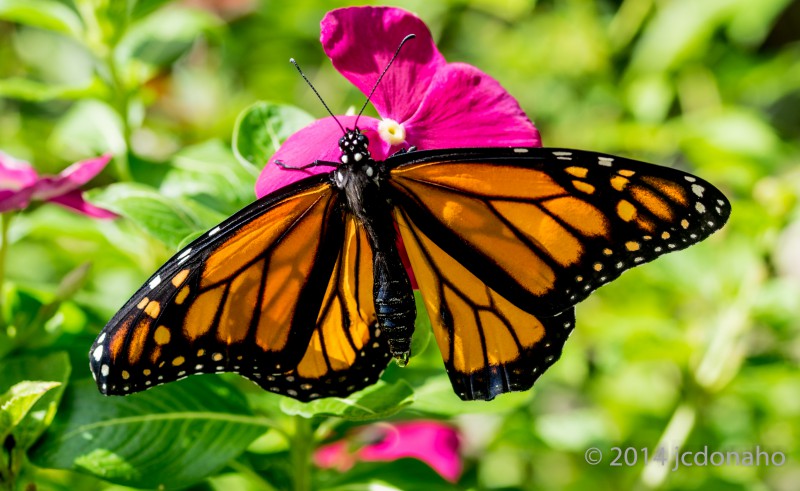







 Freddy Squirrel would like to see your pictures and drawings of bugs and other critters you find in your flowers.
Freddy Squirrel would like to see your pictures and drawings of bugs and other critters you find in your flowers.